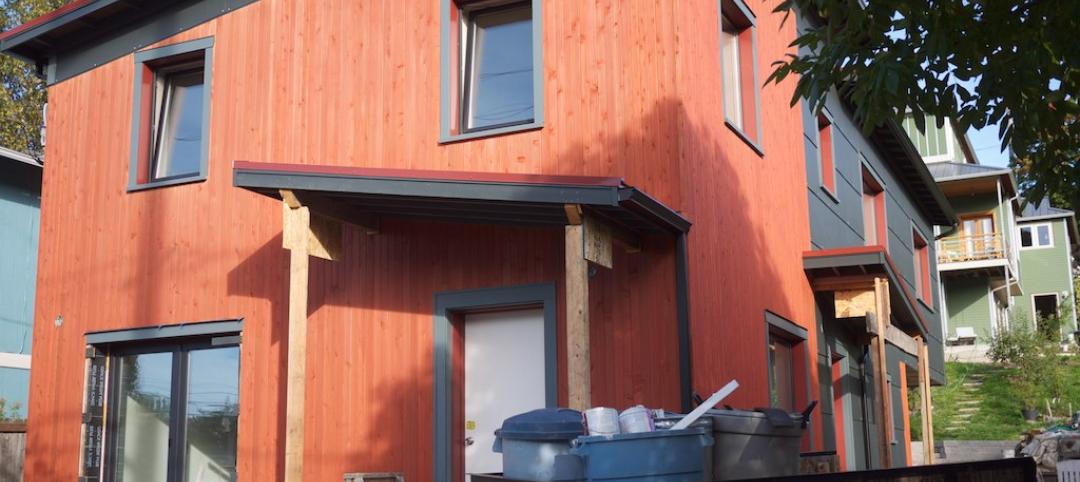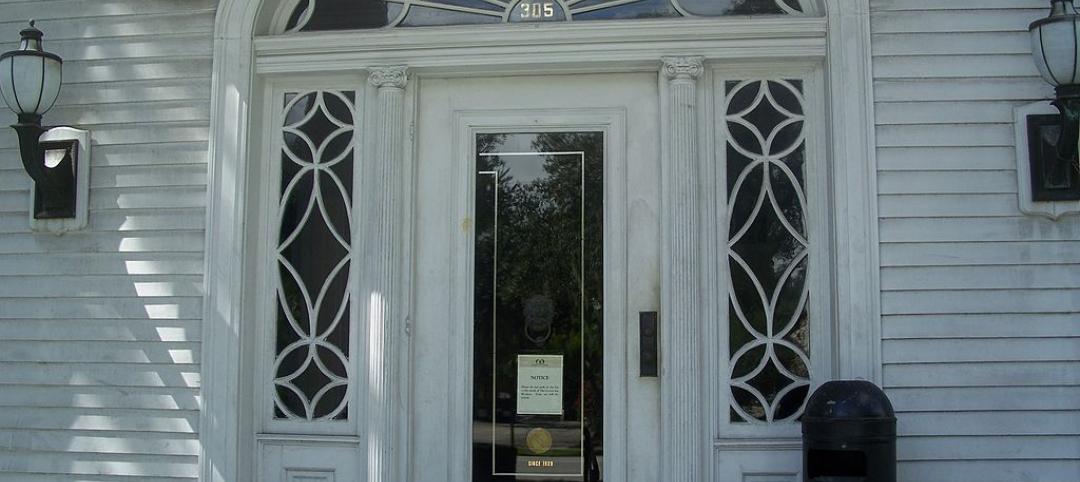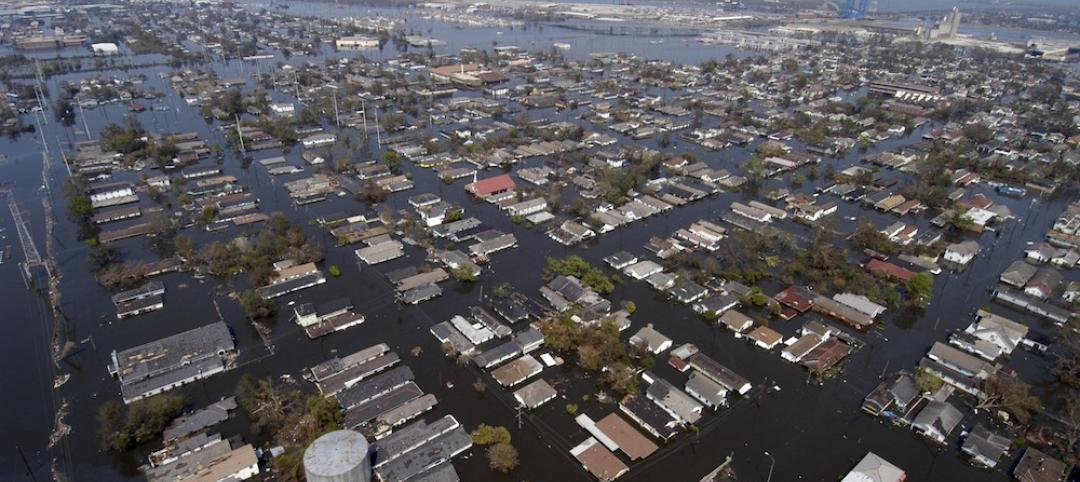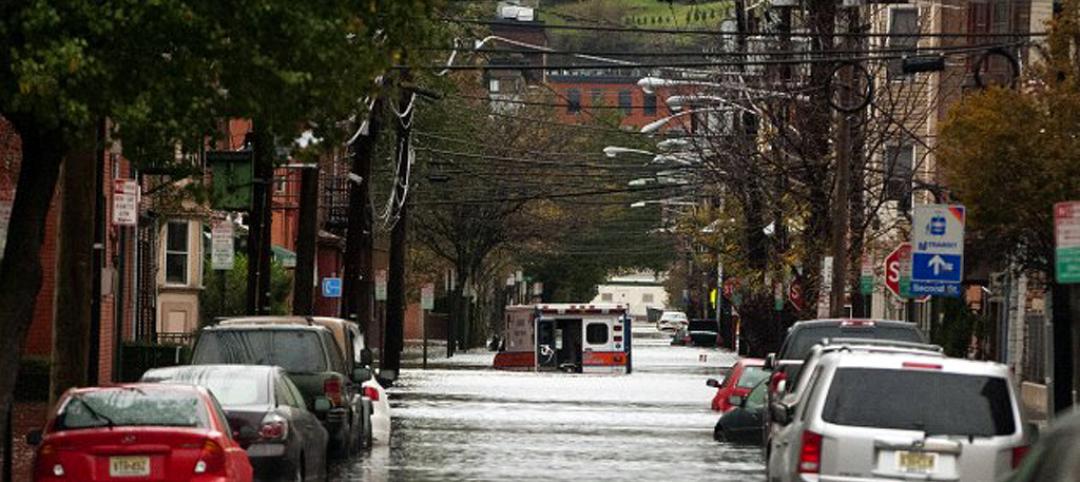A significant volume of pandemic-induced migration from major cities looks to be permanent, according to a report at GlobeSt.
A My Move report found that nearly 16 million people exited large cities during the pandemic, with 14.2 million filing a permanent change of address form, GlobeSt reported. This amounts to an 1.2% increase from 2019 in permanent change of address submissions.
Some 1.6 million people filed a temporary change of address form with the US Postal Service this year. That’s an increase of 27% from 2019. Change of address requests peaked from February to July, with spikes during March and April.
Much of the migration was originally due to people in dense urban cores relocating at the onset of the pandemic. Remote work has also played a role, as employees were allowed to work from home for an extended period or could transition to full-time remote work. Many of those who have shifted to full-time remote status have chosen to relocate to more affordable markets.
New York, Brooklyn, Chicago, San Francisco, and Los Angeles have been the top markets for outward migration.
Related Stories
Codes and Standards | Sep 18, 2015
New RELi standard addresses disaster resilience
Based on LEED model, may help lower insurance rates
Building Materials | Aug 28, 2015
Structural steel buildings specification available for second public review
Next year's specification open for comments until Sept. 21
Energy Efficiency | Aug 28, 2015
North American Passive House Network e-book explains Passivhaus, net-zero techniques
Free guide includes spotlight on individual projects
Windows and Doors | Aug 28, 2015
Newly formed group challenges Florida building code
Window, door companies oppose provisions that raise costs
Codes and Standards | Aug 28, 2015
New Orleans becoming a model for climate resilience only 10 years after Katrina
The city has moved ahead with resilience strategies that may become a model for other communities
Codes and Standards | Aug 21, 2015
Illinois governor vetoes bill that would restrict condo owners’ rights
Bill would have made it harder to sue for building flaws
Codes and Standards | Aug 21, 2015
Post-Katrina roofing codes creating more resilient buildings on Gulf Coast
Ten years after storm, notable progress on stronger roofs, IBHS says
Smart Buildings | Aug 21, 2015
Federal Alliance for Safe Homes offers plan to strengthen codes for disaster resilience
Some states losing ground on resilience, group says
Codes and Standards | Aug 21, 2015
After disease outbreak, ASHRAE legionella standard adopted in New York
City Council acts after 12 die of legionellosis
Codes and Standards | Aug 13, 2015
Research indicates major earthquake looming for Pacific Northwest
Most structures built before seismic codes instituted; extreme damage predicted

















